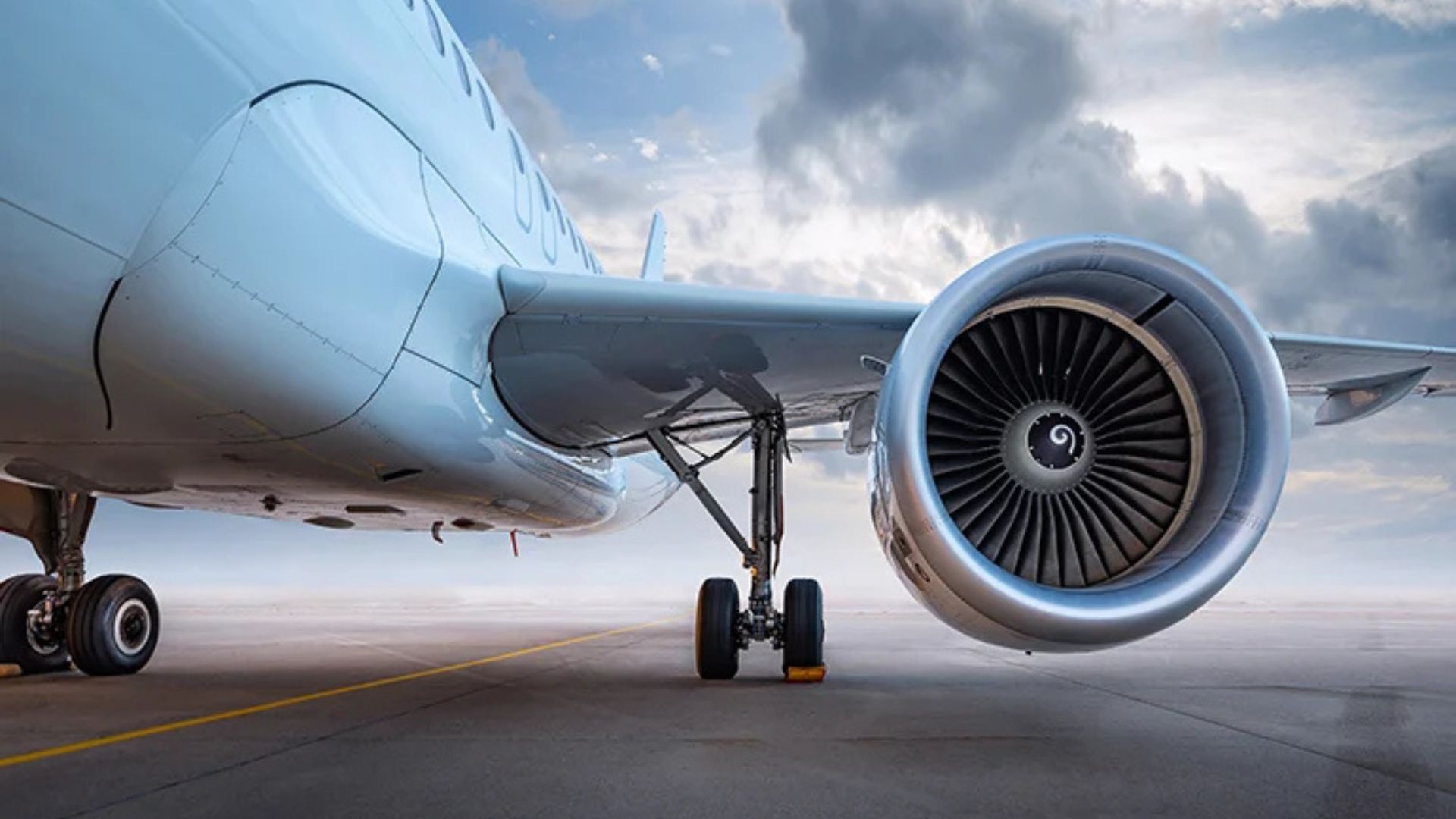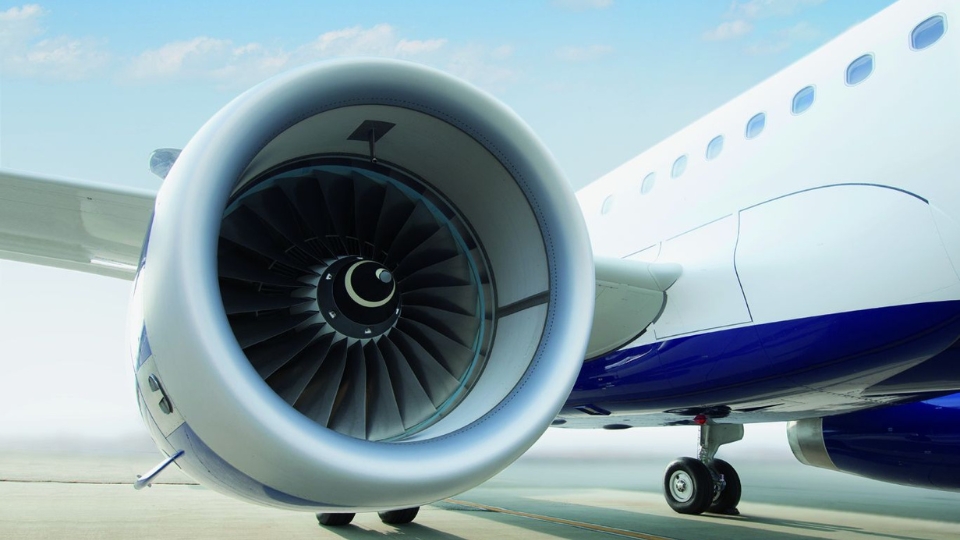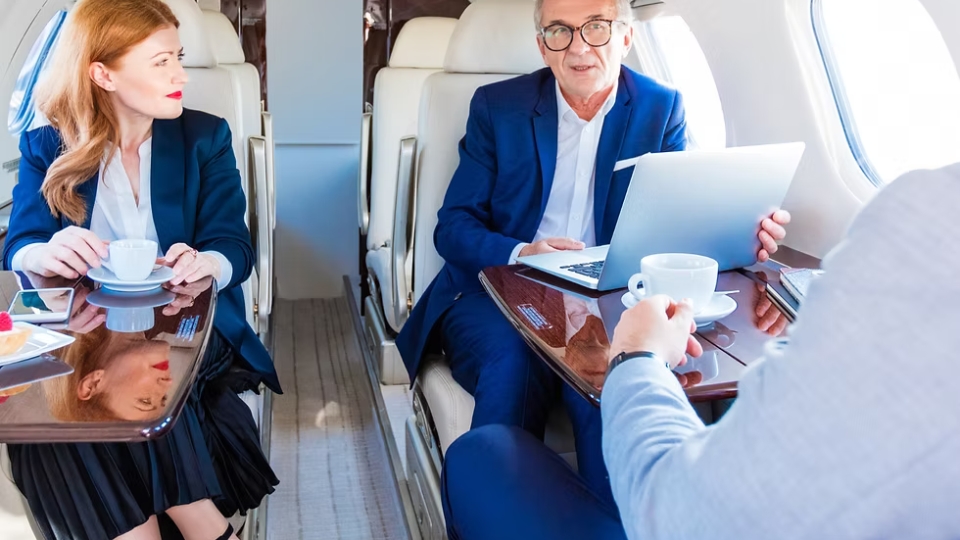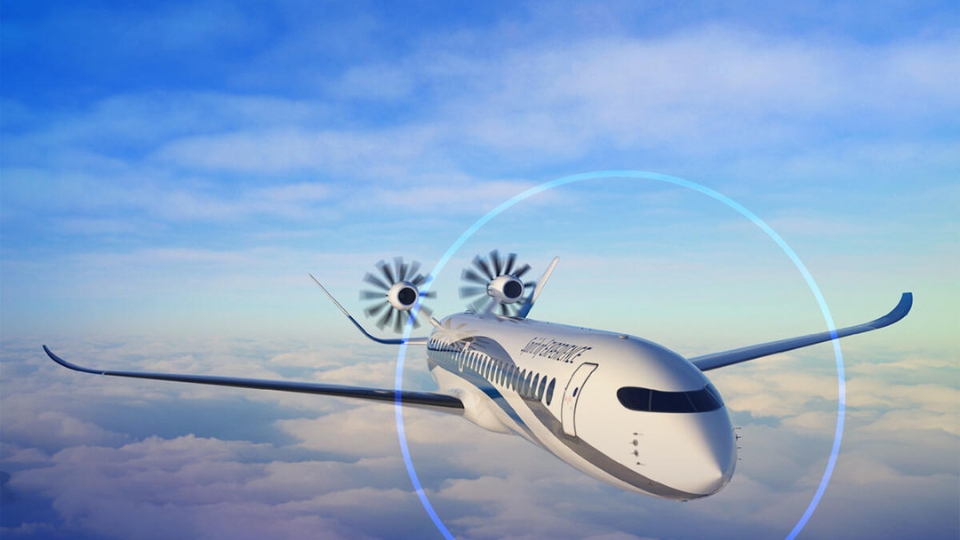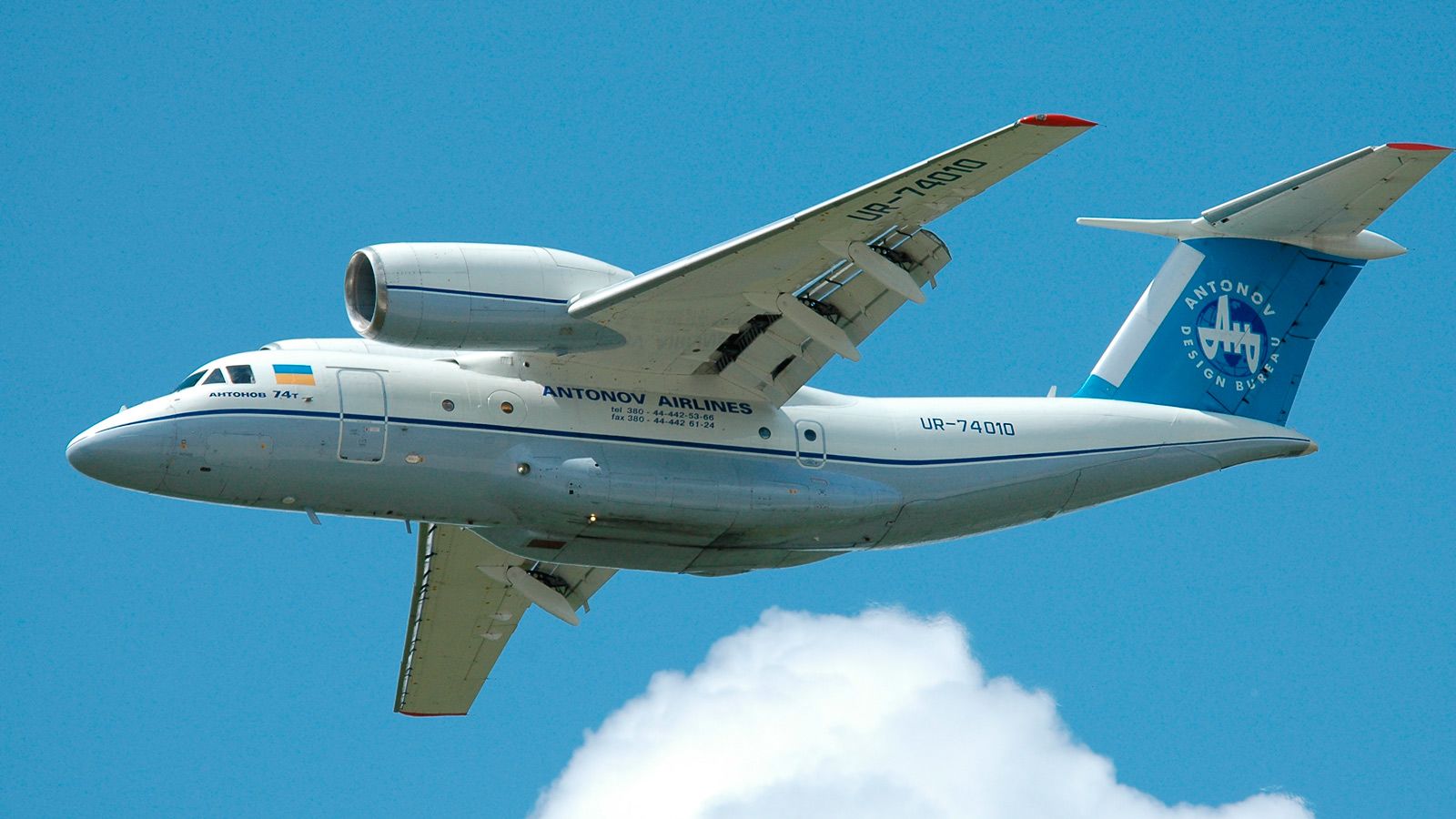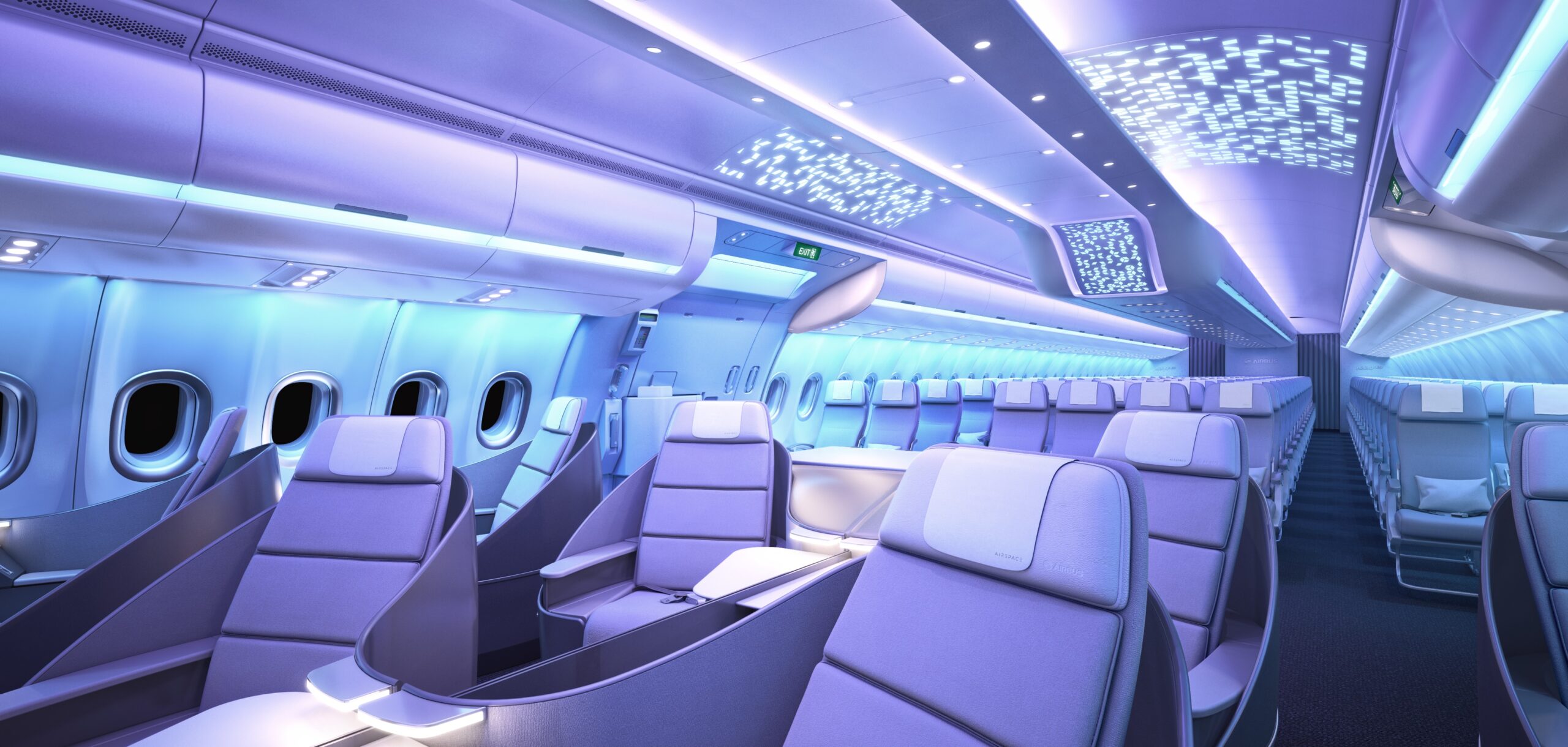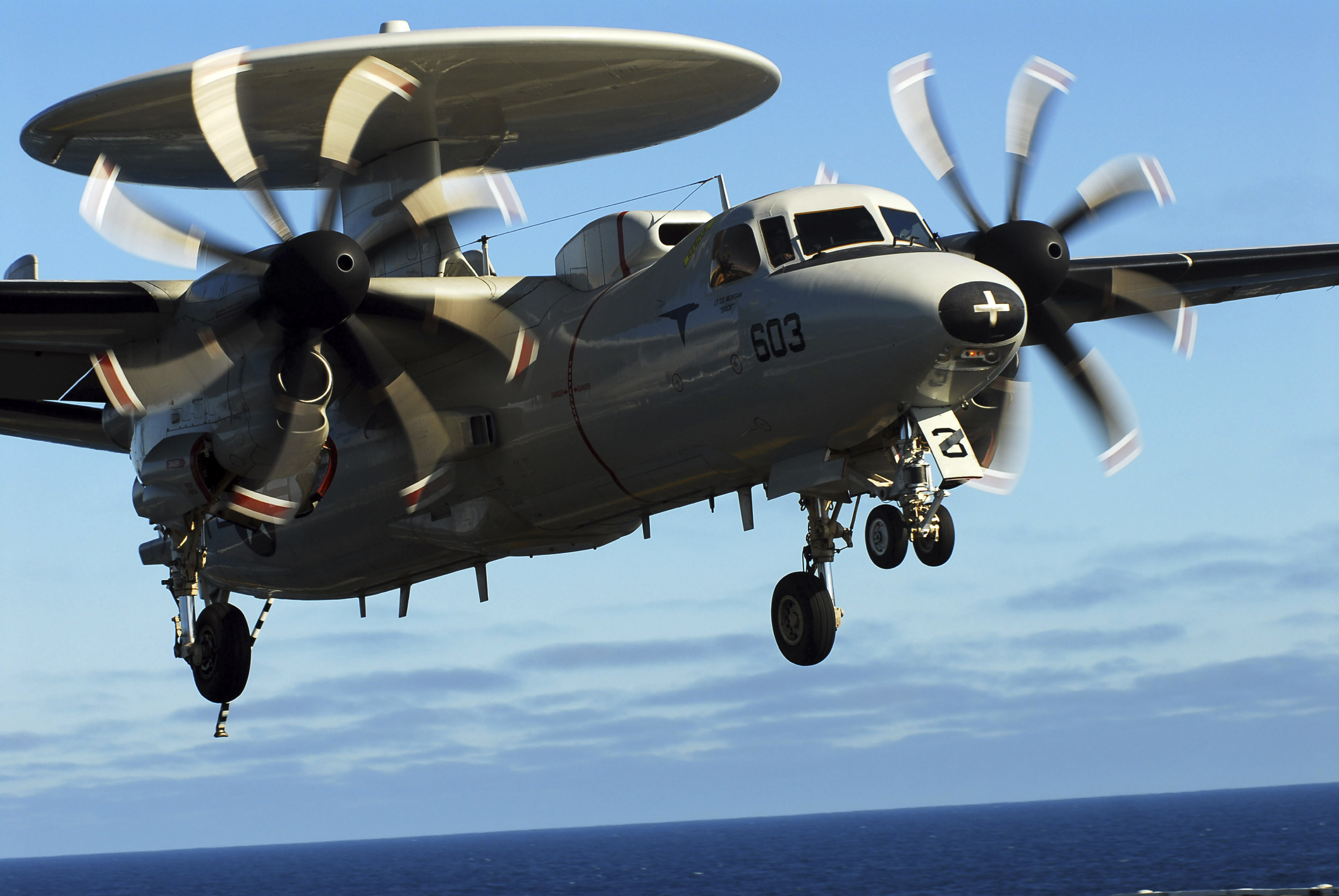The aviation industry constantly evolves, driven by technological innovation, environmental considerations, and changing passenger demands. Modern trends in aircraft reflect these shifts, focusing on efficiency, safety, and sustainability. Airlines and manufacturers that embrace these trends gain competitive advantages and prepare for the future of air travel.
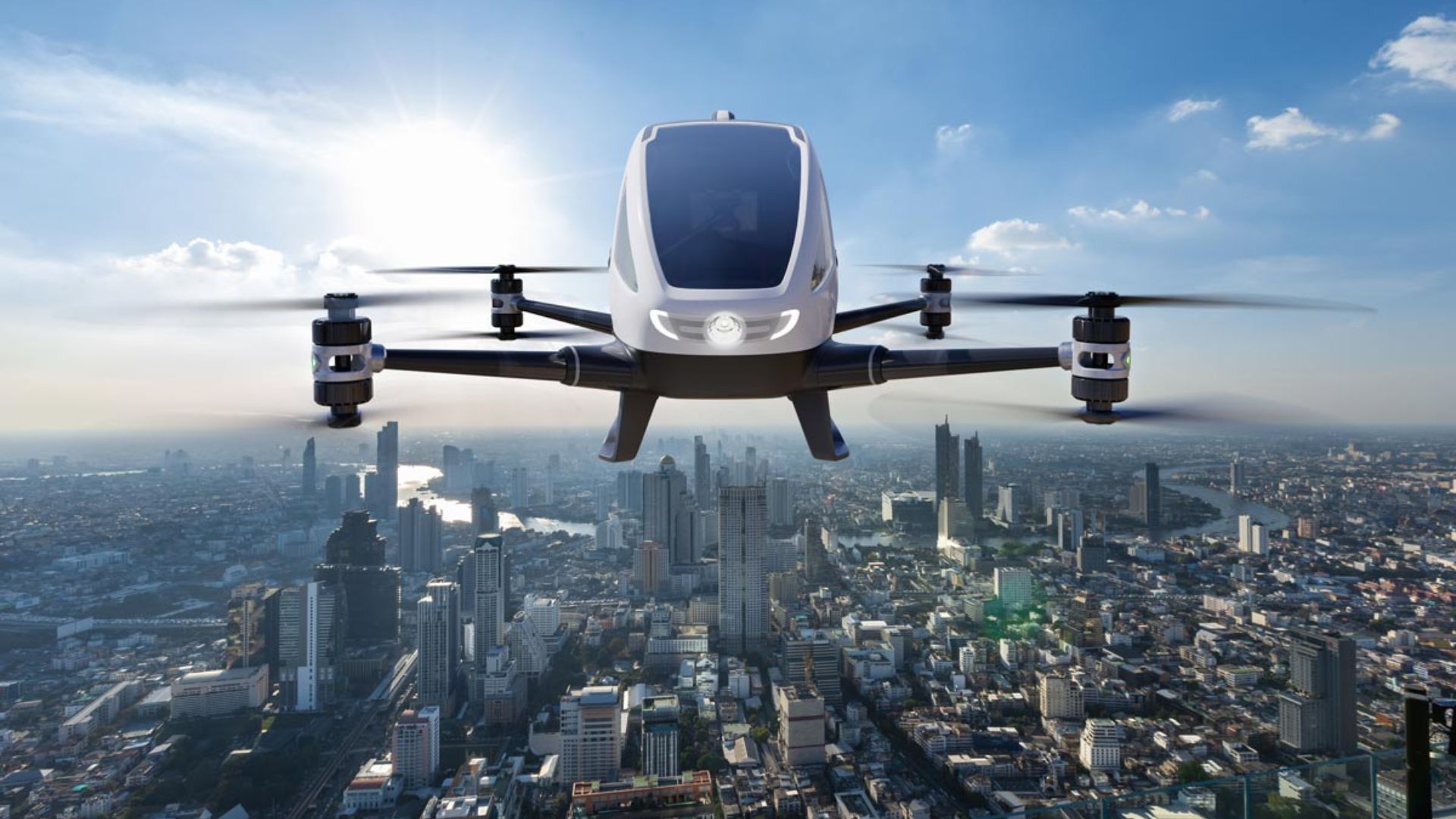
Modern Trends In Aircraft
Advanced Aircraft Design
Aircraft design is transforming with new materials, aerodynamics, and structural innovations. Modern designs reduce weight, improve fuel efficiency, and enhance performance.
Key Features
-
Lightweight Composite Materials: Reduce aircraft weight, lowering fuel consumption and emissions.
-
Aerodynamic Optimization: Winglets and streamlined structures improve flight efficiency.
-
Noise Reduction Technologies: Advanced engines and airframe designs minimize noise pollution.
Adopting these innovations allows airlines to operate more efficiently while meeting environmental regulations.
Sustainable Aviation Initiatives
Sustainability is a major driver in modern trends in aircraft. Airlines are adopting greener technologies to reduce their carbon footprint and comply with international standards.
Examples of Sustainable Practices
-
Electric and Hybrid Propulsion: Emerging aircraft use partial or full electric engines.
-
Sustainable Aviation Fuel (SAF): Biofuels and alternative fuels lower greenhouse gas emissions.
-
Carbon Offset Programs: Airlines invest in projects to mitigate emissions.
Sustainability not only benefits the environment but also enhances brand reputation and aligns with passenger expectations.
Advanced Avionics and Automation
Modern aircraft increasingly rely on advanced avionics and automation to improve safety and operational efficiency.
Key Avionics Trends
-
Fly-by-Wire Systems: Electronic controls replace manual systems for precise handling.
-
Autonomous Navigation: AI assists pilots in decision-making and route optimization.
-
Real-Time Monitoring: Sensors collect data for predictive maintenance and flight performance analysis.
Integrating advanced avionics ensures safer flights, reduces pilot workload, and improves overall operational reliability.
Passenger Experience Innovations
Passenger comfort and convenience drive many modern trends in aircraft. Airlines are investing in cabin upgrades, in-flight entertainment, and connectivity to enhance travel experiences.
Innovations in Passenger Experience
-
Enhanced Seating and Layouts: Ergonomic designs and premium options improve comfort.
-
In-Flight Connectivity: Wi-Fi and entertainment systems keep passengers engaged.
-
Noise Reduction Cabins: Quieter cabins contribute to a more relaxing flight.
-
Smart Cabin Lighting: LED and adjustable lighting improve comfort and reduce fatigue.
Improving passenger experience strengthens loyalty and increases customer satisfaction.
Predictive Maintenance and Data Analytics
Data-driven maintenance is a major trend in modern aviation. Airlines use predictive maintenance to detect issues before they cause disruptions.
Benefits of Predictive Maintenance
-
Reduces unexpected failures and flight delays
-
Lowers maintenance costs and extends component lifespan
-
Enhances safety by addressing issues proactively
-
Optimizes spare parts inventory
By embracing predictive maintenance, airlines can maintain high operational standards while improving efficiency and reliability.
Emerging Aircraft Concepts
Innovation extends beyond current models to entirely new aircraft concepts. These concepts aim to revolutionize air travel with futuristic solutions.
Notable Emerging Concepts
-
Electric Vertical Take-Off and Landing (eVTOL): Aircraft designed for urban air mobility.
-
Supersonic Travel: Faster-than-sound aircraft aim to reduce travel times significantly.
-
Blended Wing Body (BWB) Designs: Innovative structures improve aerodynamics and fuel efficiency.
-
Hydrogen-Powered Aircraft: Using hydrogen fuel cells to reduce carbon emissions drastically.
These trends demonstrate the aviation industry’s commitment to innovation, efficiency, and sustainability.
Global Collaboration and Standardization
Airlines, manufacturers, and regulators worldwide collaborate to implement modern trends in aircraft safely and efficiently. Standardized safety regulations, environmental policies, and technological adoption ensure consistent global improvements.
Benefits of Collaboration
-
Enhances safety and regulatory compliance
-
Accelerates adoption of new technologies
-
Reduces operational risks and inefficiencies
-
Promotes sustainable and eco-friendly aviation practices
Global collaboration ensures that trends benefit the entire industry rather than isolated organizations.
Conclusion
Modern trends in aircraft are reshaping aviation through technology, sustainability, and improved passenger experiences. From advanced design and predictive maintenance to eco-friendly fuels and smart cabins, these trends enhance efficiency, safety, and comfort. Airlines that adopt these innovations gain competitive advantages, meet regulatory requirements, and prepare for the future of air travel. Staying informed about these trends allows the aviation industry to continue evolving responsibly while delivering exceptional experiences to passengers worldwide.

